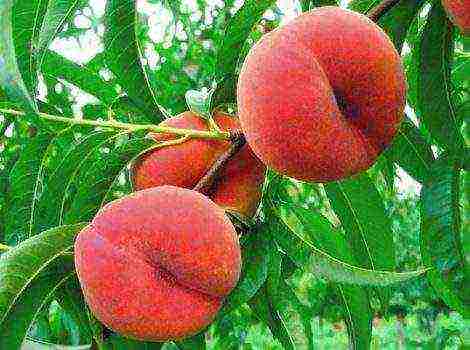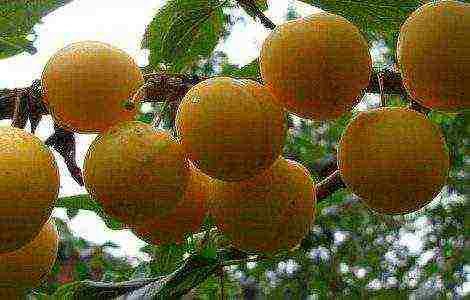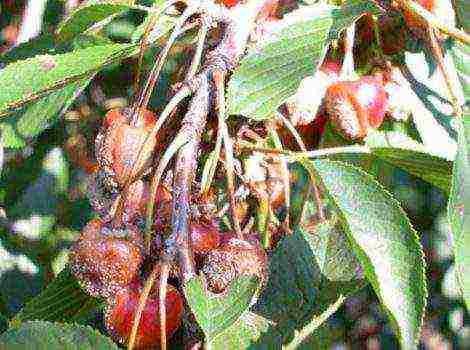Winter-hardy pear varieties for growing in Siberia
Siberia is the largest territorial region of the Russian Federation. In the harsh, sharply continental climate of this region, it is not easy to grow fruit orchards that bear fruit. Not every fruit tree will pass the test of Siberia and will delight you with juicy tasty fruits.
Recently, the pear is very popular among Siberian gardeners.... It turned out that she perfectly took root in cold Siberia. The main thing is to choose the right varieties for planting. Today this is not difficult to do, since Russian breeders have moved far ahead in this direction and have developed a number of pear varieties with high winter hardiness. The varieties are optimal for Siberian latitudes: Perun, Lel, Severyanka, Siberian, Taezhnaya, and other frost-resistant varieties, the description and characteristics of which can be found below.
Varieties of Siberian pear varieties: description and characteristics
Perun
The autumn pear variety Perun was bred at the Siberian Research Institute of Horticulture in Barnaul in 1994 by young breeders by pollination of hybrid forms. In 1998, the first varieties were planted in the West Siberian and East Siberian regions, where they successfully took root and fruited.

Perun is a pear of late autumn ripening. Fruits can be harvested from mid-October until frost.... Unripe fruits, after lying for some time after removal, become juicy, do not lose their taste.
The tree is low with spreading crowns, blooms at a later date (hence the late ripening of fruits). Fruits of medium and large sizes are golden yellow in color. Average weight of one pear 150-200 grams... The taste of the fruit is sweet and sour, aromatic, but not too juicy. The fruits are consumed fresh, dried for the manufacture of dried fruits.
The main advantage of Perun pears is their high resistance to scab and other fungal diseases..
Timing of planting seedlings in the ground different, depending on the climatic conditions of the area. For areas with little snow, spring planting is recommended to avoid freezing of seedlings. Before planting, it is recommended to soak the pear in water for two days, then plant it. The tree begins to bear fruit 4-5 years after planting.
The disadvantages of this variety include low level of winter hardiness. Therefore, it is desirable to grow this variety in the southern regions of Siberia.
Svarog
An early ripe pear variety that has been proven for years, loved by gardeners. Bred in 1967 by crossing the French variety BereBosk and the Ussuri pear. It took root in the Altai and Krasnoyarsk regions.
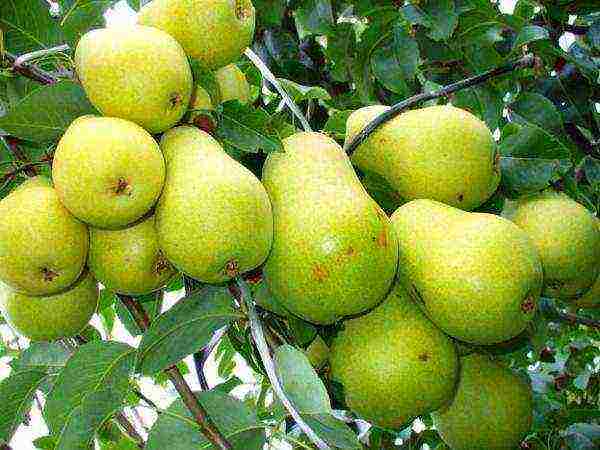
Variety yield medium, not abundant fruiting (19-20 kg per tree). Trees of medium height with a dense crown. After planting, they bear fruit for 4 years. Fruits ripen by mid-September and can be stored at room temperature for up to three weeks. In refrigerated chambers, storage periods are increased until January. Small fruits weighing 75-77 grams... The color is green, when stored in room conditions it turns yellow. The taste is sweet and sour, the fruits are juicy and tender. Consumed fresh and processed.
Lack of variety - frequent defeat by the pear moth - a butterfly of the leafworm family, which gardeners successfully struggle with: they cleanse dead bark, use traps, etc.
Dignity of the Svarog variety: high consumer performance due to excellent taste and high frost resistance of the tree.
Lel
Lel is a summer ripening pear variety bred at the Siberian Research Institute of Horticulture. Received wide recognition in Western and Eastern Siberia.
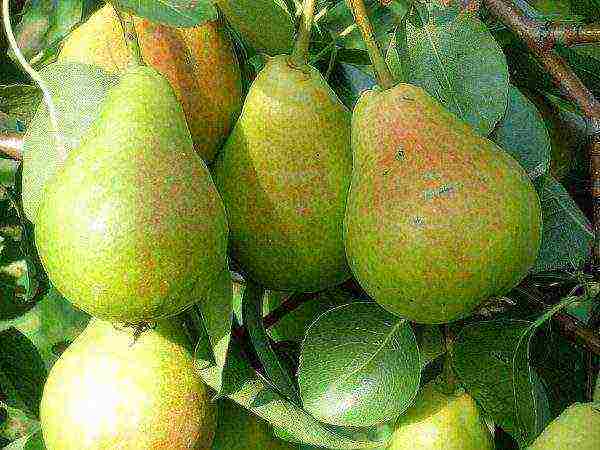
The tree is of medium height, 4 to 6 meters in height, bears fruit annually. Productivity is high (up to 45kg per tree). Fruits are yellow-green in color, of medium size. Fruit weight 100-110 grams... Harvested at the end of August. Pears are stored at room temperature for two to three days. The taste of the fruit is sweet and sour, juicy, delicate, so it is in great demand among consumers.
Seedlings are planted in spring and autumn... It is important that they are not "caught" by the frost. After planting, the Lel variety likes abundant watering. It is capricious about the quality of the soil, it grows better on loam. Bears fruit for 4 years after planting. Good frost resistance.
The only drawback of this variety - low transportability due to short storage periods.
Severyanka
Severyanka is a reliable, proven pear variety for the Siberian harsh climate. The history of obtaining this variety has been going on since 1959, at the Michurin Institute they bred the Svetlyanka variety for cold winters, which after improvement and refinement turned into the current Severyanka. Its main advantage: strong frost resistance and the ability to quickly recover after harsh winters.
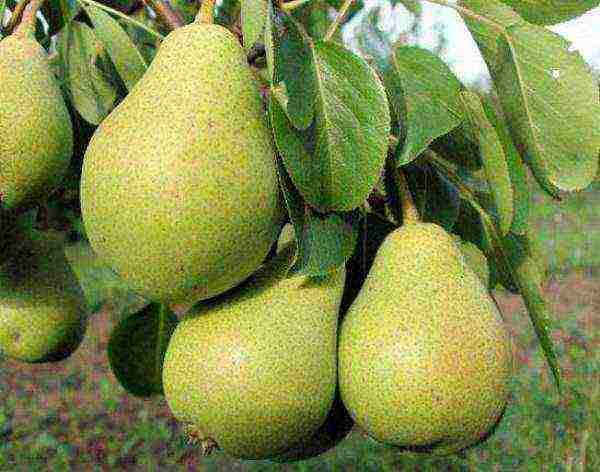
Today Severyanka is almost never used in production, since modern, higher-yielding varieties have appeared. But amateur gardeners appreciate this variety for its reliability and winter hardiness, therefore, in private gardens of Siberians, its popularity has not fallen. There were cases when seedlings did not die at 50 degrees of frost.
An early ripe variety of pears. Bears fruit in the second year of life. The tree is low. Medium fruits: 80-100 grams... The yield is high. In hot summers, up to 100 kg of pears can be removed from the tree. Harvesting takes place from the beginning to the end of August. During the harvesting period, the fruits are green-yellow in color, then gradually turn yellow. The taste is sweet and sour, the consistency is dense, the pulp is juicy.
"Severyanka" loves abundant regular watering, lack of moisture adversely affects the development of the fetus: the taste deteriorates, the fruits become smaller.
Pear variety Taezhnaya
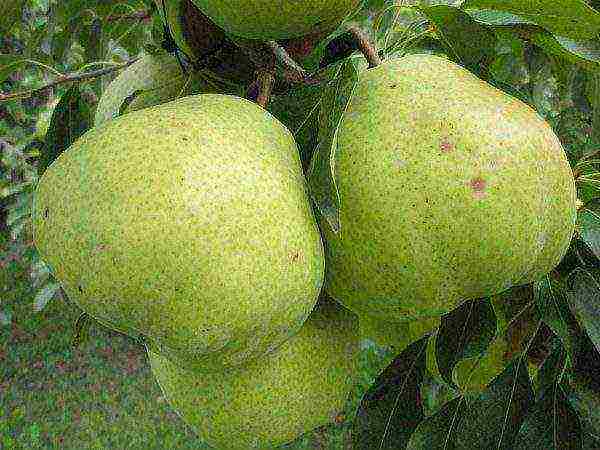
This is the result of crossing the varieties Tenderness and Powislaya, a recently bred variety. Pear - summer ripening, high yield. The tree is medium-sized, begins to bear fruit at 4 years of age. It is valuable: it is unpretentious in care. The yield is high and regular. Fruits are poured by the end of August, small in size up to 90 grams... They hold tightly to the branches, do not crumble. The color of ripe pears is green, without shades. The taste of the fruit is sweet dessert, the consistency of the pulp is oily, white. It is universal in production: it is used fresh, juices, compotes, and wines are made.
The variety is winter-hardy, drought-resistant, not afraid of pests, resistant to scab and gall mites.
There are no obvious flaws in this variety, unless the fruits are stored for no more than a month.
Lukashovka
A variety of pears bred by the Khabarovsk breeder A.M. Lukashev. Wild Ussuri pear was crossed with various cultivars to increase frost resistance... This strong pear variety has found recognition in all regions of Siberia.
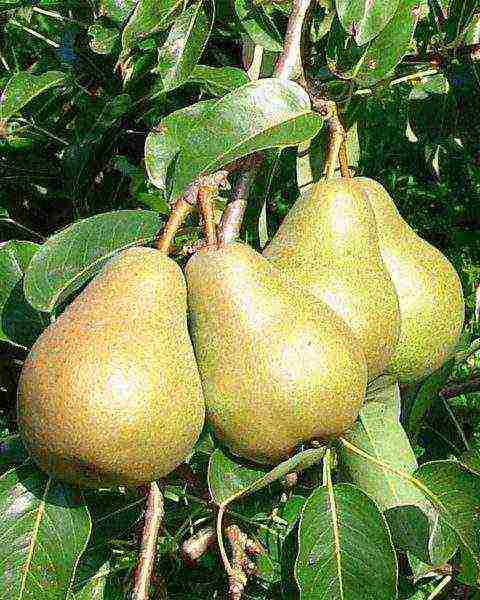
The height of the trees reaches 5 meters. Unusually high yields: you can collect more than 200 kg from a tree. Fruiting in a year. Fruits of various shapes, from elongated to cubic.The size of the fruit is large, 100-200 grams. But their quality leaves much to be desired. Unripe fruits are sour and tart, it is worth a little overripe, the juiciness disappears, the fruit softens and falls apart... Therefore, this variety of pears is not in demand among consumers as a healthy tasty fruit, but has become indispensable for conservation. Jam and compotes are made from unripe fruits. Jam from them is a delicious filling for baking. Dried fruits from this variety are stored for a long time and do not lose their taste and useful properties.
Lukashovka does not like strong moisture. Can grow and bear fruit in any soil... The variety cannot pollinate itself, so pollination must take place with the pollen of another nearby tree.
Dekabrinka
Dekabrinka, a relatively young variety of pears, is the brainchild of the South Ural Research Institute. Gained great popularity in Western Siberia.
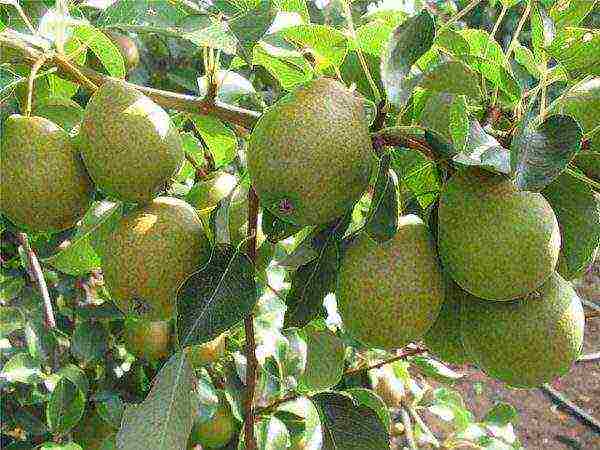
Pear of autumn ripening period. The tree grows up to five meters in height. Ripe fruits appear by the end of September. The yield of the variety is quite high... Fruits are small, shiny, medium-sized dark green (up to 120 grams). The pulp of the fruit is juicy, white, sweet-sour taste with a light delicate aroma. At room temperature, fruits are stored for one to three months. Well tolerated long-term transportation... Desirable for fresh consumption, not for processing.
Dekabrinka is very frost-resistant. Confirmation: 98% of the seedlings survived in the harsh Siberian winter of 1979. The variety does not "take" scab and gall mite. The drought resistance of the variety is average.
Late flowering variety, not self-pollinating... Therefore, it is recommended to plant pollinating trees nearby. The optimal variety of pears - donors - Uralochka, Larinskaya.
The disadvantage of this variety - late onset of fruiting, occurs 7 years after planting.
Autumn dream
Unfortunately, the name does not correspond to reality, as the variety was not widespread due to small fruits.
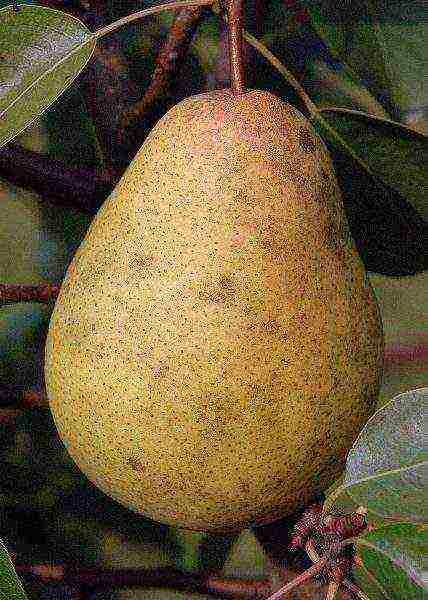
The tree is low, sparse, the yield is high, but the presentation of the fruit leaves much to be desired. The ripening period begins at the end of August, beginning of September. Fruits of sweet and sour taste of medium density with a long shelf life... At temperatures up to 5 - 10 degrees, they retain their presentation and taste for up to six months. The variety is more suitable for processing than for consumption raw. Compotes, jam, juices are ideal from this pear variety.
The variety is resistant to scab and other pests.
Care and cultivation of winter-hardy varieties of pears
Many years of experience of gardeners show that growing pears in Siberia is not only possible, but fruitful if certain rules are followed.
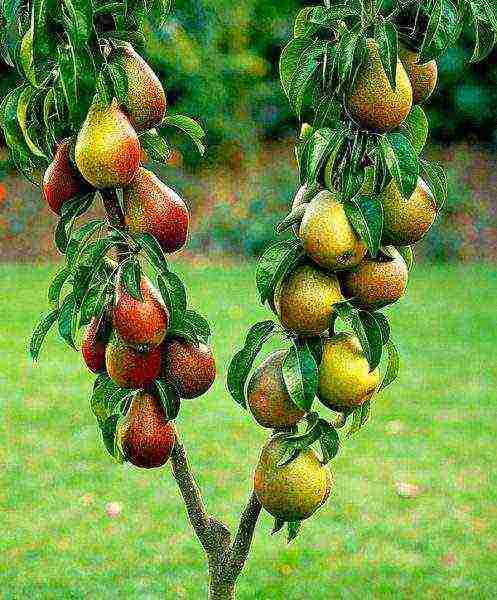
Important to remember:
- pear is a plant that loves warmth, which means that it should be planted in bright places protected from external factors;
- northern varieties of pears need additional watering in the first half of summerwhile the fetus is forming;
- is of great importance soil composition: chernozem is desirable;
- it is advisable to plant seedlings in the spring from the end of April to mid-May, after feeding the soil with mineral fertilizers;
- every spring it is necessary to cut through the crowns and remove excess shoots in order to increase yields;
- for insect protection it is advisable to apply a lime mortar to the trunk every spring.
Preparing Siberian pears for winter
So that the pear can safely endure the frosty Siberian wintersy, you need to carefully prepare for it. For this:
- remove old fruits on branches, carry away carrion and fallen leaves from the site, as they are a source of infectious diseases for plants;
- pruning dead branches, freeing the bark from dead growths is a mandatory procedure before wintering;
- important process the crown and trunk from scab, for this it is safer to use a five percent urea solution, and not pesticides;
- to increase frost resistance it is necessary to feed the tree with potash or phosphorus fertilizers;
- mandatory rule - cover a tree with earth, and after precipitation, snow, to retain heat in the root system. In the case of a winter with little snow, it is recommended to wrap the tree trunk with roofing felt or tar paper. These materials will also protect the tree from the terrible enemy - rodents.
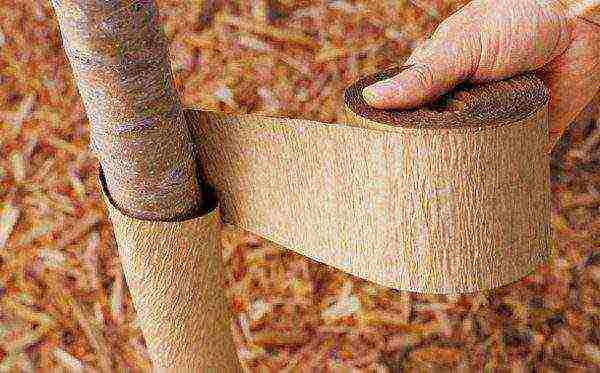
Thus, growing pears in Siberia is a grateful business, bringing gardeners not only a good harvest, but also giving scope for creativity... With good care, adherence to the norms and rules of cultivation, a pear can give an excellent harvest and cause pride for its breeders.
